
The history of CALS is filled with achievements that have changed the university, the state and the world. From the groundbreaking discovery of Vitamin A to the crucial mass production of penicillin during World War II to the genetic sequencing of the common cold virus, CALS scientists, researchers and faculty have always pushed the envelope of cutting-edge innovation.
Below is just a sampling of the amazing discoveries, advancements and achievements associated with the exceptional thinkers and doers of CALS.
1890
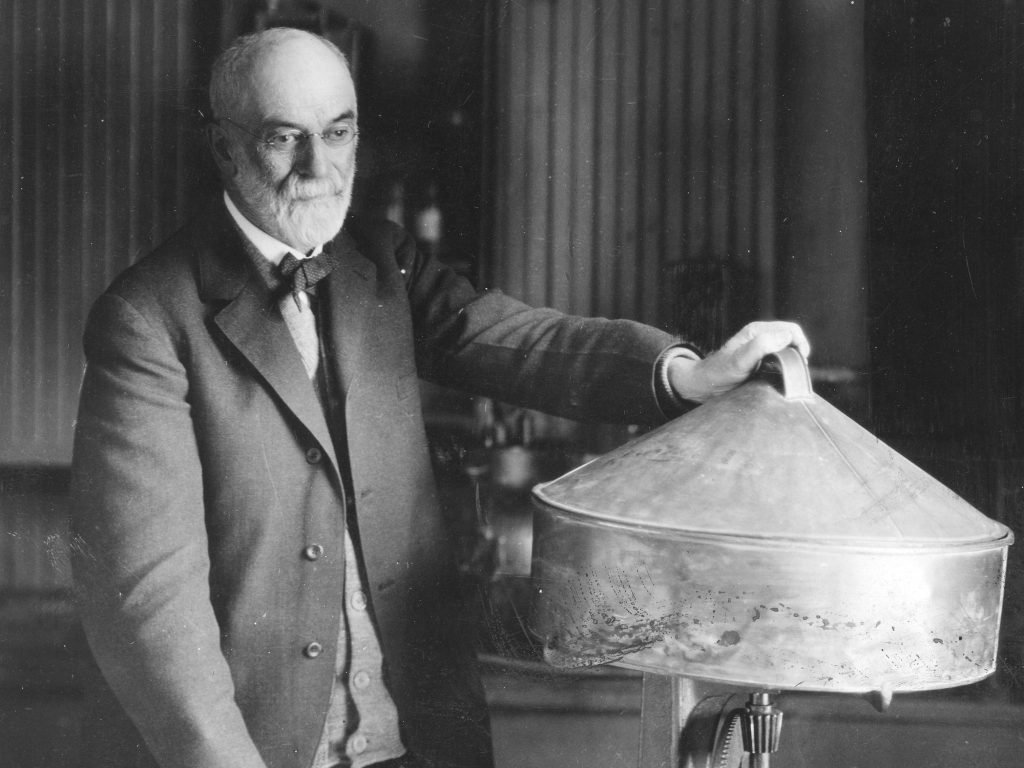
The Babcock Butterfat Test
Agricultural chemist Stephen Babcock develops a simple, fast, and inexpensive test to measure butterfat content in milk. Henceforth, buyers could pay farmers according to the fat content of their milk, emphasizing quality over quantity.
1894
No More Exploding Peas
Bacteriologist Harry Russell develops new, higher-temperature sterilization methods for canned peas and other vegetables, changing industry practices nationwide.
1911
Vegetable Industry Savior
Plant pathologist J.C. Walker develops strains of cabbage resistant to a fungus that was threatening Wisconsin’s entire crop. This spawned the later development of disease resistance in onions, potatoes, beans, peas and cucumbers. Several times during the first half of the century, Walker”s research prevented the collapse of key segments of the state’s multimillion-dollar vegetable processing industry.
1913
Vitamins Discovered
CALS biochemists Elmer McCollum and Marguerite Davis discover the first vitamin, vitamin A, in 1913. Two years later Conrad Elvehjem makes large contributions to the discovery of the vitamin B complex, which opened the field of nutrition for the identification of all the vitamins in the 1940s.
1919
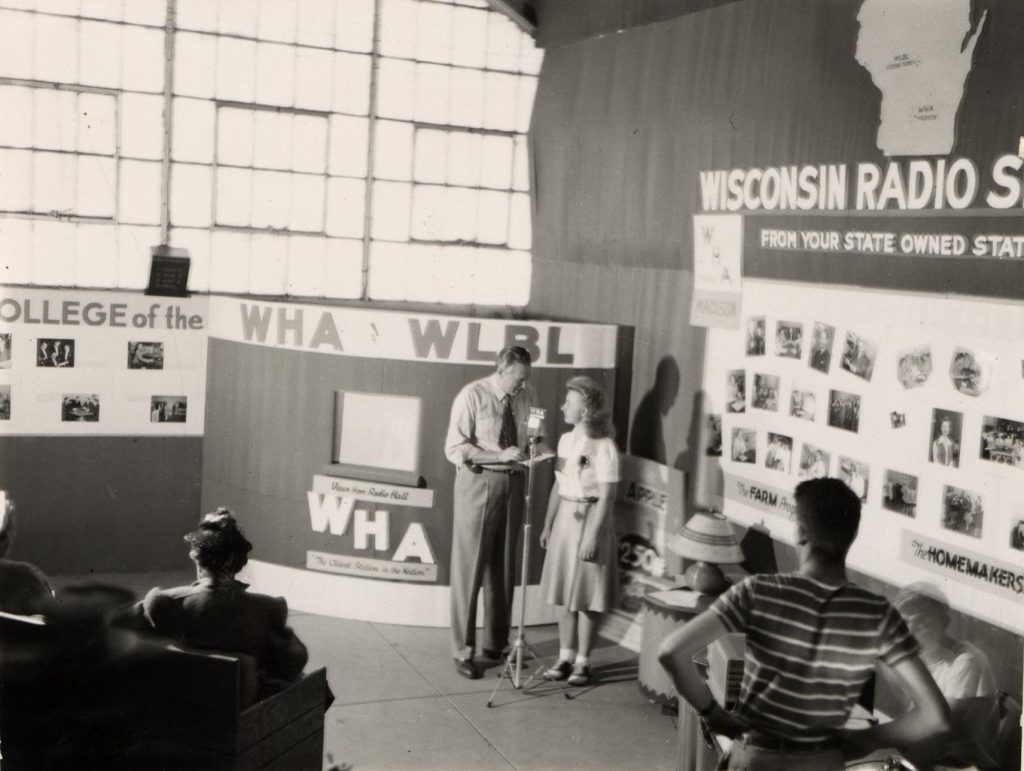
“Hello to All You Farmers”
Agricultural information from CALS serves as the content for the nation’s first regular radio broadcasts on WHA, a radio station launched by the University of Wisconsin in 1917.
1923
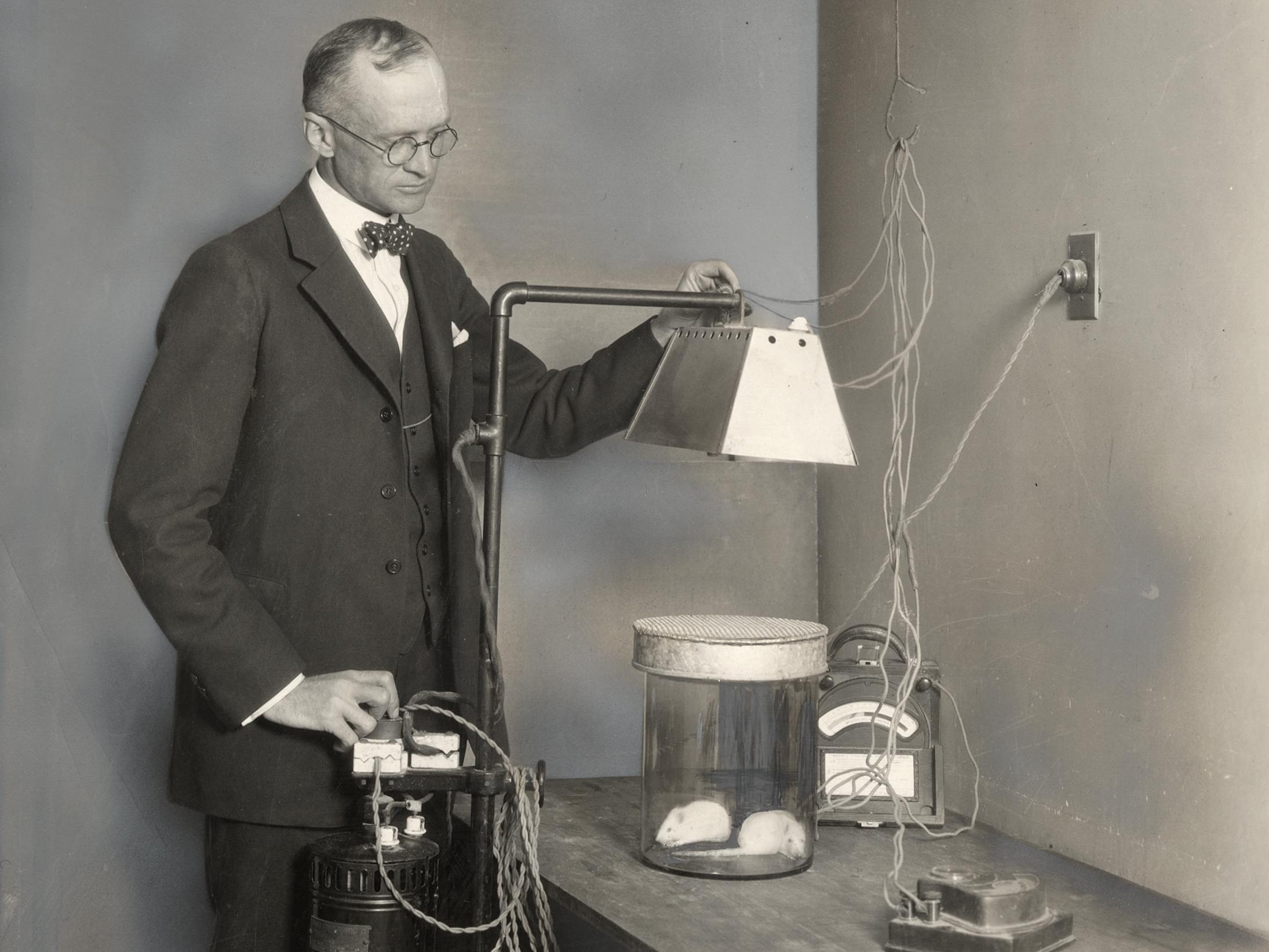
Vitamin D Advance and Rickets’ Demise
Biochemist Harry Steenbock figures out how to biofortify food with vitamin D by exposing it to ultraviolet light, leading to the almost complete eradication of rickets by the mid-1940s. Also, the college names O.R. Zeasman as the nation’s first soil erosion specialist.
1932
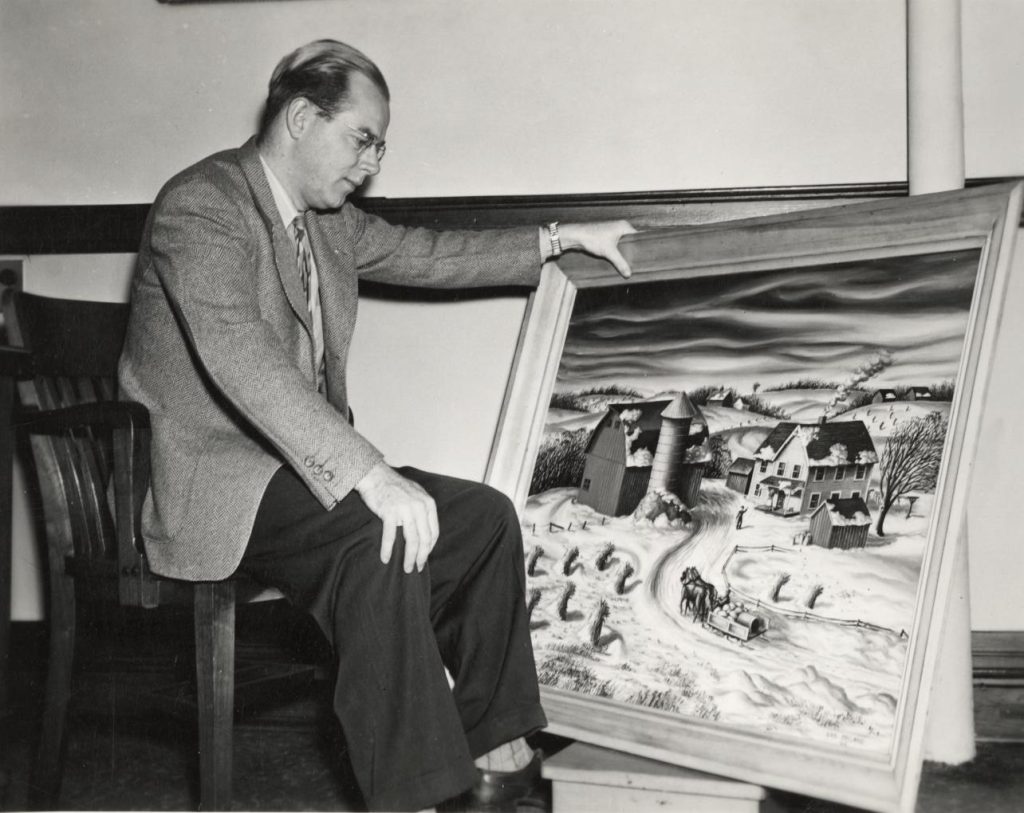
First University Artist In Residence
CALS hires John Steuart Curry as artist in residence the, first position of its kind at any university in the nation.
1933
Rural Zoning Imagined
CALS helps Oneida County develop the nation’s first rural zoning ordinance, which served as a national model.
1936
“Sunshine Vitamin” Added to Milk
Dairy foods researchers adapt the irradiation process to increase the vitamin D content of milk.
1938
Genetic Recombination in Bacteria
Geneticist Joshua Lederberg discovers sexual reproduction of bacteria and 20 years later wins the Nobel Prize for this work.
1941
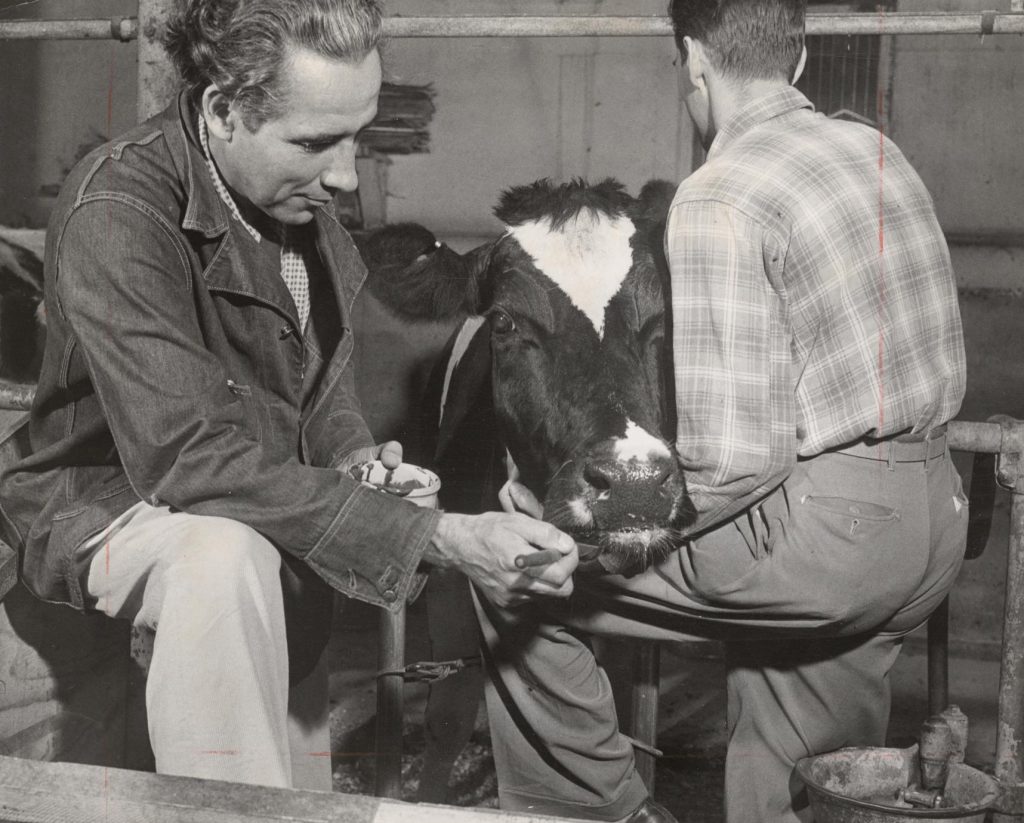
It All Started with a Sick Cow
After a farmer brought a bucket of blood to campus and asked scientists why his cows were bleeding to death, biochemist Karl Paul Link discovers a powerful anticoagulant in spoiled sweet clover. He goes on to synthesize various forms of dicumarol, a blood-thinning agent that’s used to treat blood clots and is the basis for warfarin, a potent rodent killer. The university earned millions from the patents.
1942
Penicillin Production Ramps Up
Scientists begin work on mass penicillin production, developing techniques that made a once prohibitively expensive drug affordable and widely available. It was used to treat infections of soldiers injured in World War II. The research of CALS alum and bacteriology professor Elizabeth McCoy was instrumental in making this work possible.
1948
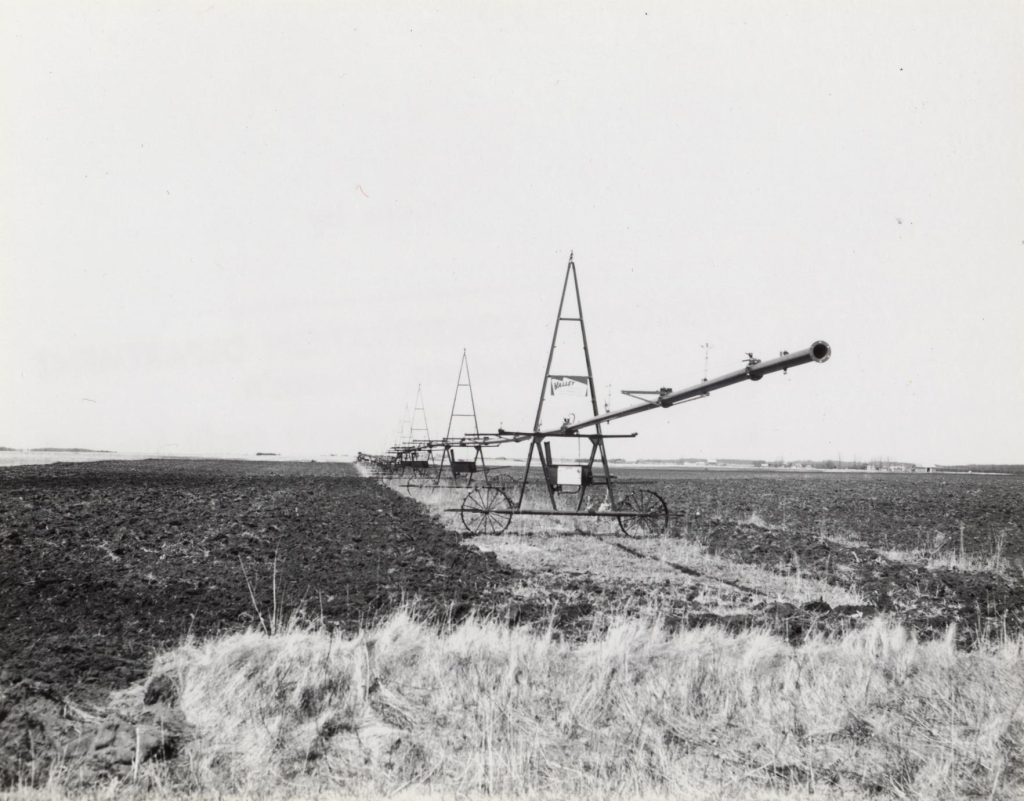
Irrigation Research Invigorates Central Wisconsin
College crop scientists collaborate on irrigation research that helps makes Wisconsin’s Central Sands — once considered a windblown wasteland — one of the nation’s leading vegetable production areas.
1951
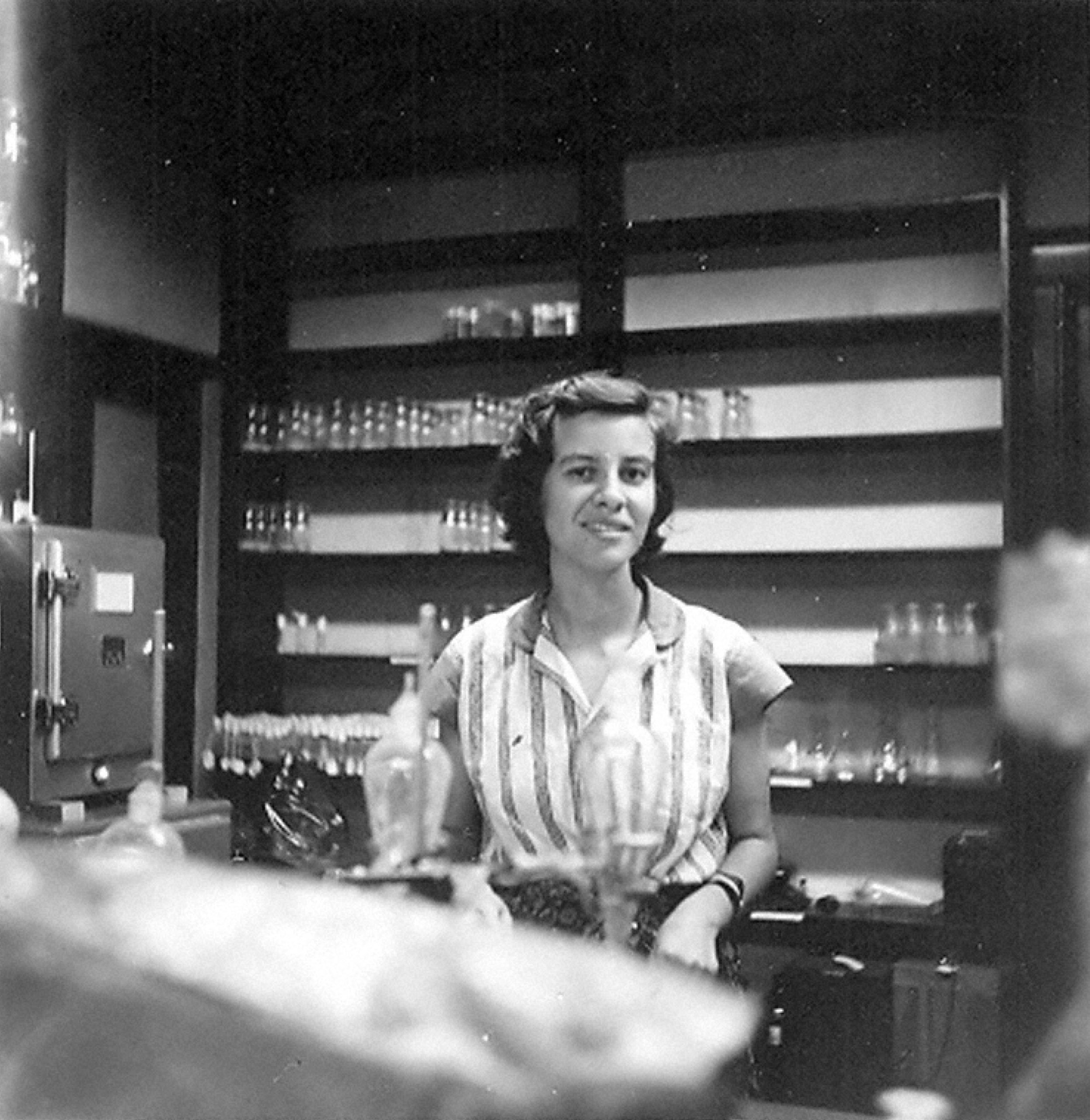
Genetics Trailblazer
Geneticist and CALS alum Esther Lederberg is the first to isolate bacteriophage lambda, a bacterial virus that can infect E. coli. Lambda phage has since been used extensively both as a model organism and as a tool in genetics research.
1952
Foundation for Foraging
Forage breeders release Vernal alfalfa, a winter-hardy, disease-resistant, high-yielding variety that forms the foundation of Wisconsin’s $10-billion-a-year forage industry.
1969

CALS Research Leads to DDT Ban
Wildlife ecologist Joseph Hickey plays a pivotal role in defining the environmental impacts of organochlorine pesticides. Subsequent hearings on DDT in Wisconsin set the stage for a nationwide ban. Hickey was the second professor of wildlife management to be hired at CALS, and he was recruited by the first, Aldo Leopold.
1970
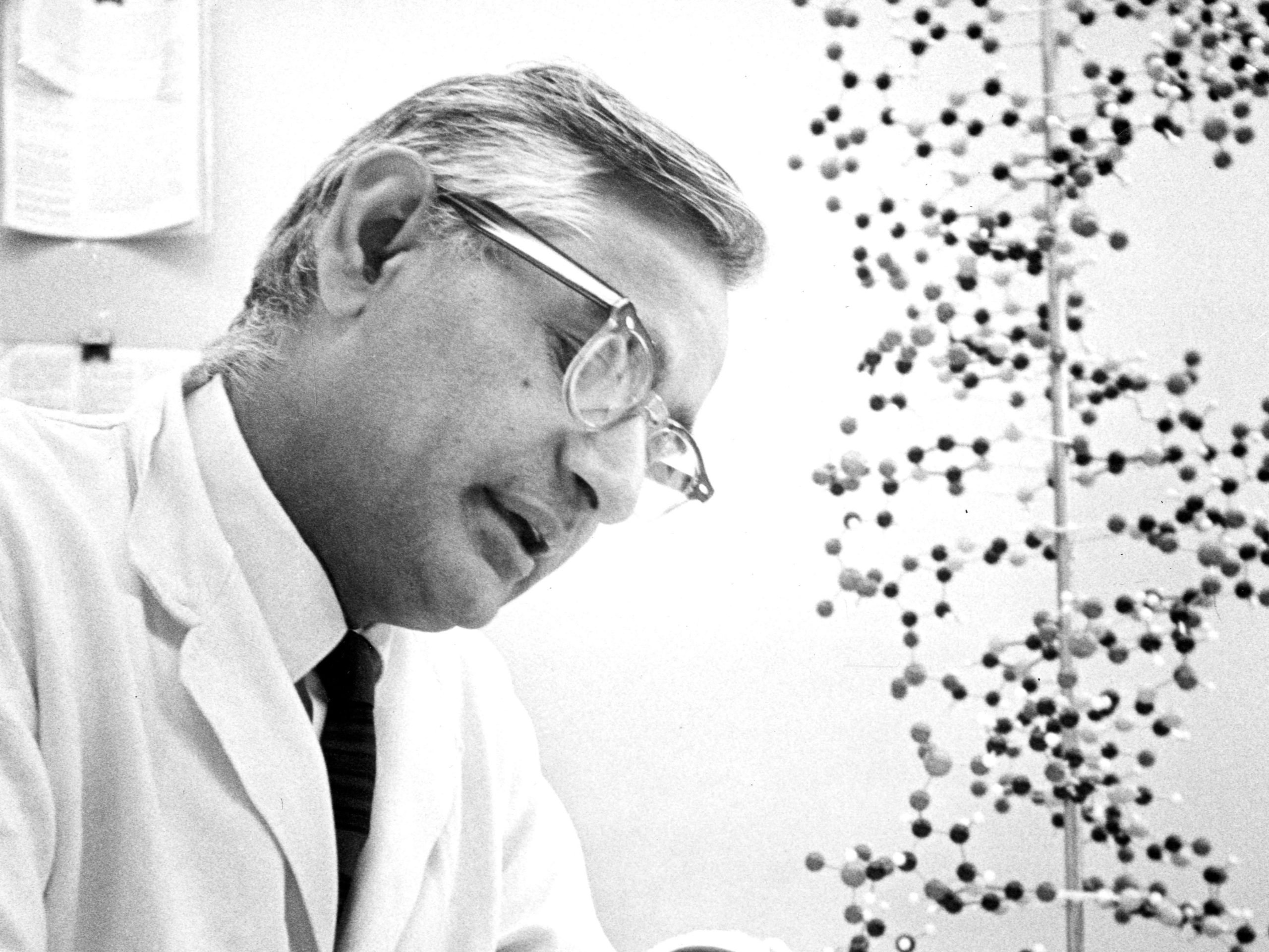
Nobel Achievements in Genetics
Biochemist Har Gobind Khorana synthesizes the first gene. His work at CALS leading to this achievement earned him a share of the Nobel Prize in 1968.
1979
From Toxin to Treatment
CALS food safety researchers provide purified botulinum toxin for the first trials with human volunteers. The purified toxin made at CALS was the first to be FDA-approved for use in a revolutionary eye treatment that replaced conventional eye surgery. Botulinum toxin is now also used to treat severe neck cramps, cerebral palsy and migraine headaches — as well as to erase wrinkles.
1980
Plant Biotechnology Innovation
CALS horticulturists clone a plant gene for the first time.
1981
Engineered Plants
The first transgenic plant (bean protein in sunflowers) demonstrates the potential for genetic engineering in plants.
1997
E. Coli Education Enhanced
Geneticist Fred Blattner decodes the complete genetic sequence of a harmless strain of the E. coli bacterium, leading to a better understanding of its lethal counterpart.
1998
Collagen Connections
Biochemist Ron Raines discovers the key to collagen’s strength, a protein that acts like a “solder” to give the body its structure and shape.
1998
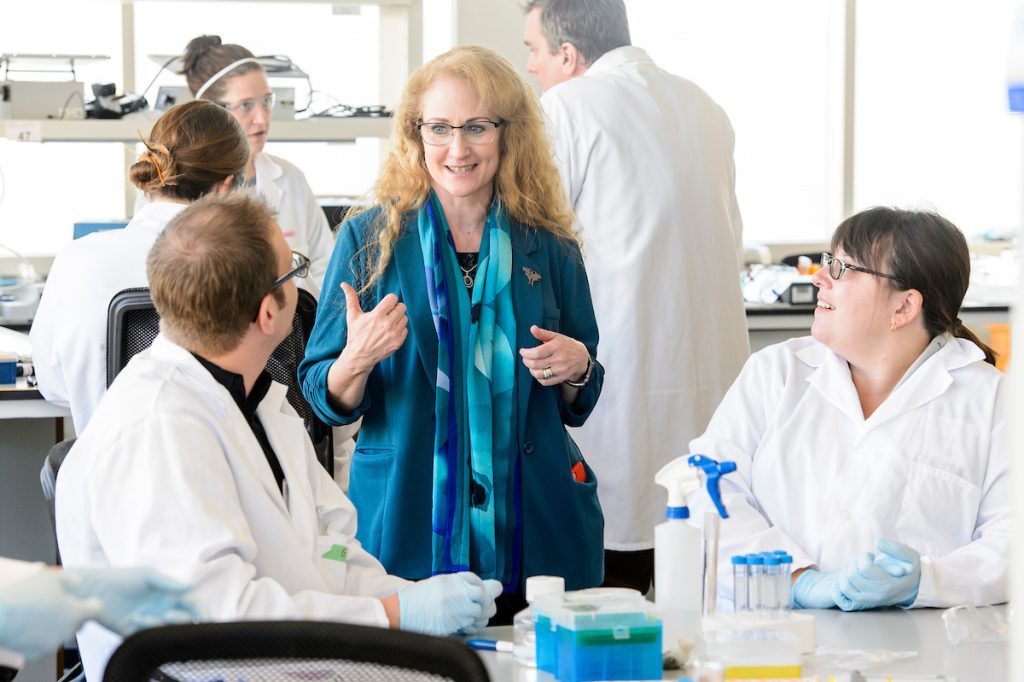
Metagenomics Pioneer
Microbiologist Jo Handelsman helps establish and advance the field of metagenomics, opening the door for scientists to study the genes of large populations of “unculturable” microbes living in soil and other environments.
2002
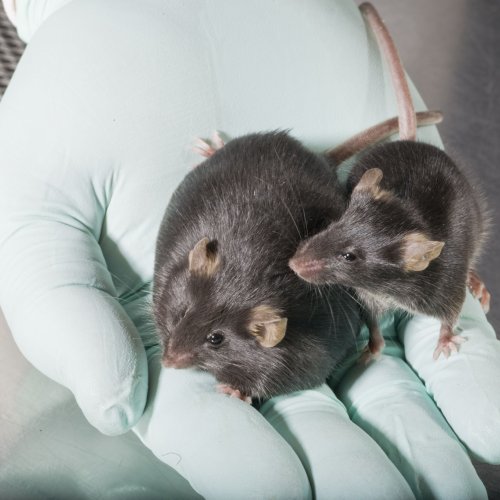
The Skinny on Obesity
Biochemists James Ntambi and Alan Attie help discover a gene, known as SCD-1, that appears to play a critical role in fat metabolism. When the gene is removed from mice, the animals can eat a rich, high-fat diet without adding weight or risking the complications of diabetes.
2003
Prestigious Potatoes
The U.S. Department of Agriculture bestows its prestigious “Secretary’s Honor Award” on the Eco-Potato Partnership, a group composed of the World Wildlife Fund, Wisconsin potato growers and CALS researchers. The award recognizes the team’s efforts to develop and implement more sustainable methods for growing potatoes. Eco-potatoes are now a model for other sustainably-grown produce.
2004
The Missing Piece
A team led by geneticist Jiming Jiang is the first to sequence a centromere from a higher organism. Although it is widely believed that this section of the chromosome is full of “junk DNA,” Jiang finds more than a handful of active genes within.
2006
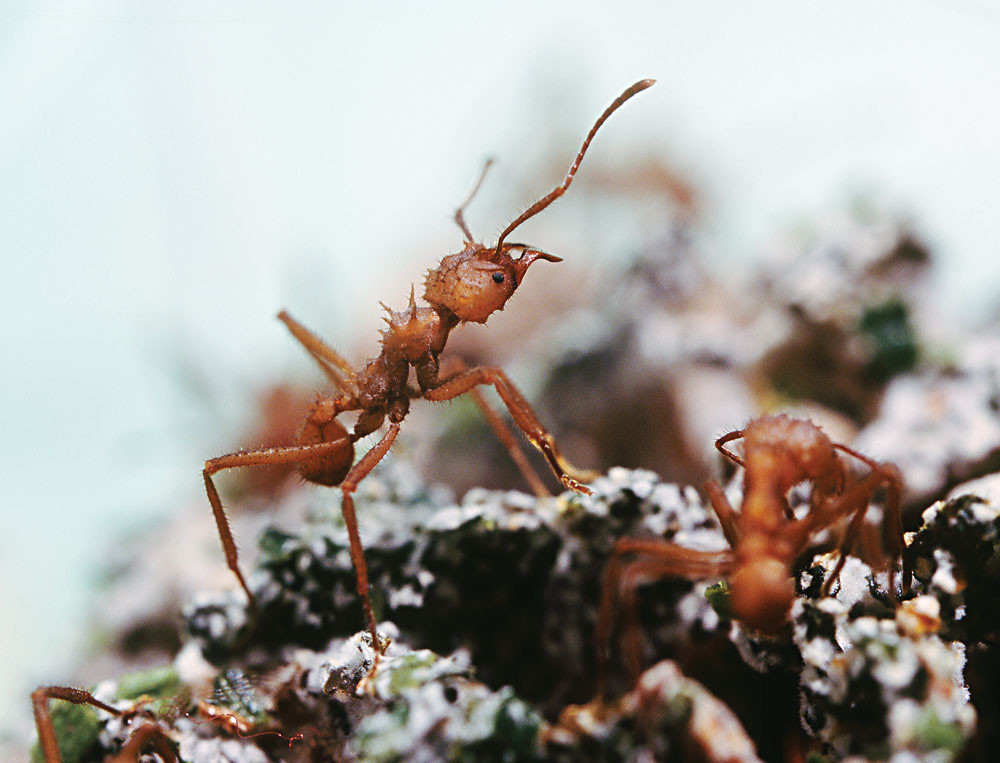
Symbiotic Ants
Microbiologist Cameron Currie discovers that leaf-cutting ants harbor bacteria inside specialized compartments in their bodies. The ants use the bacteria, which produce antibiotics, to ward off fungi that invade their food source. The ants also feed the bacteria, making the arrangement a classic example of a mutually beneficial symbiotic relationship.
2008
Safe Protein for PKU
Nutritional scientist Denise Ney conducts clinical trials showing that glycomacropeptide, a protein isolated from cheese whey, is safe for people with phenylketonuria (PKU) to eat. Generally, individuals with PKU must avoid dietary protein, which acts like a toxin inside their bodies.
2009
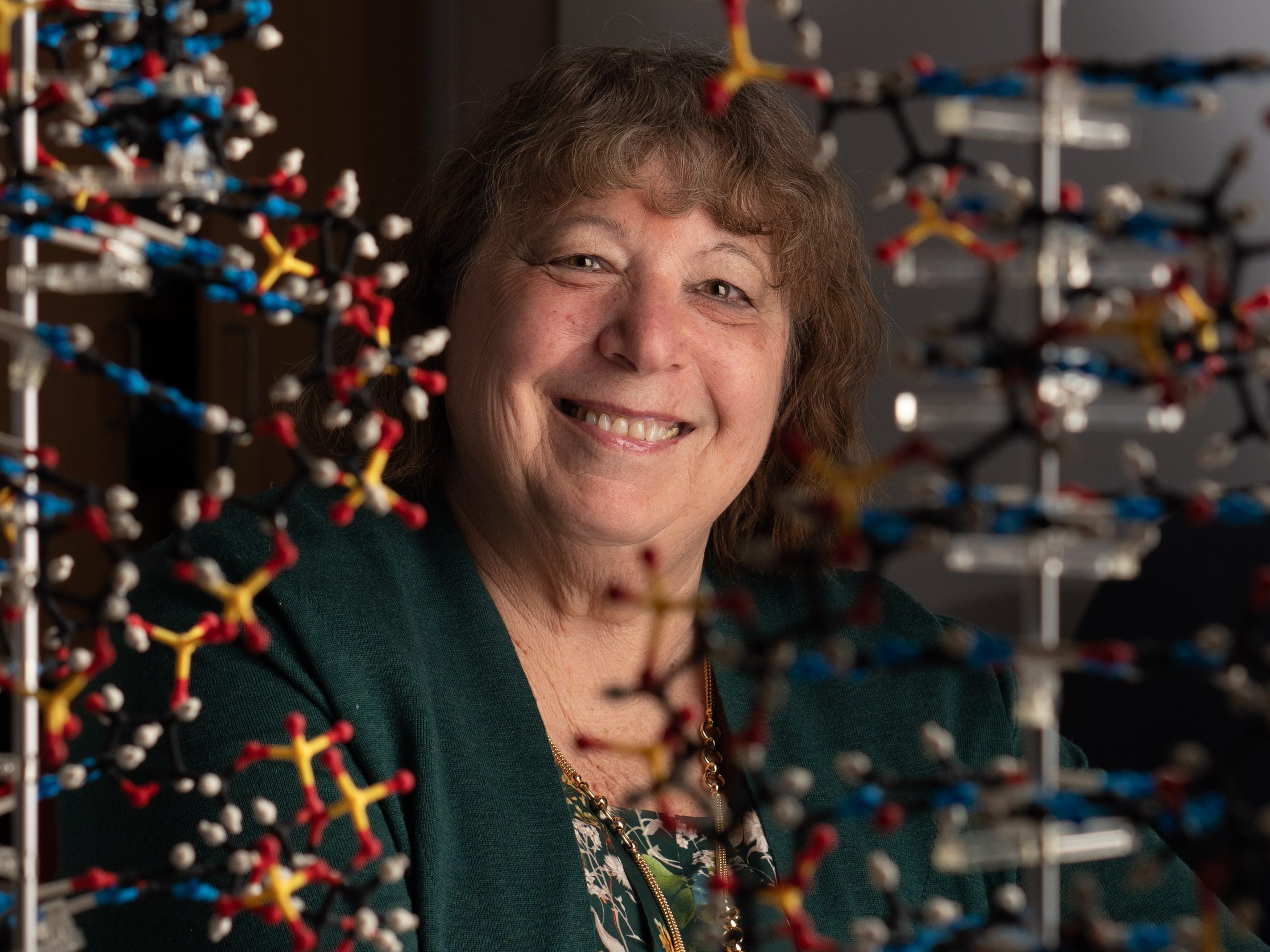
Code of the Common Cold
With virologist Ann Palmenberg as lead author, a multi-institutional team of researchers reports the sequences for all 99 strains of the common cold virus. Four years later, Palmenberg constructs a 3D model of rhinovirus C, one type of common cold virus. With the new structure in hand — alongside the existing models of cold virus strains A and B — it becomes easier to design drugs to effectively thwart colds.
2010
Thriving While Thirsty
In a study that promises to fill in the fine details of the plant world’s blueprint for surviving drought, a team led by biochemist Michael Sussman identifies in living plants the set of proteins that help them withstand water stress.
2014
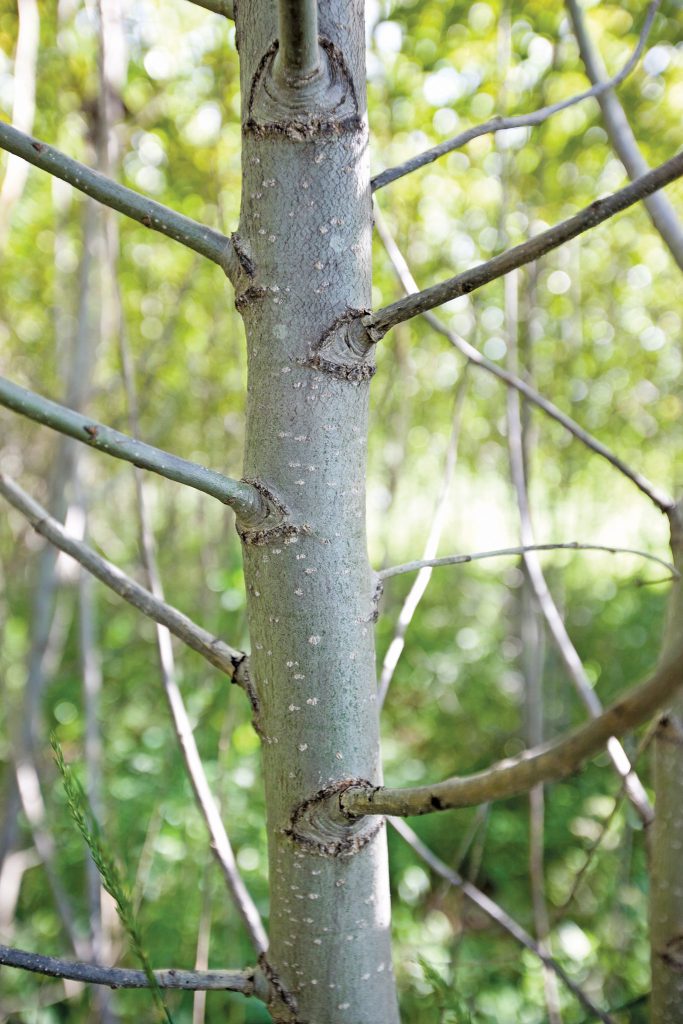
A Major Boon for Biofuels
Researchers start engineering easy-to-digest poplar trees, applying an approach developed by biochemist John Ralph to create a more energy- and cost-efficient way of converting biomass into fuel.
2015
Corn Domestication Mystery Revealed
A team led by plant geneticist John Doebley discovers a key gene involved in teosinte’s evolution into corn. A single nucleotide change in the teosinte glume architectural gene (tga1) stripped away the hard, inedible casing covering teosinte’s kernels, exposing the edible golden kernels.
2017
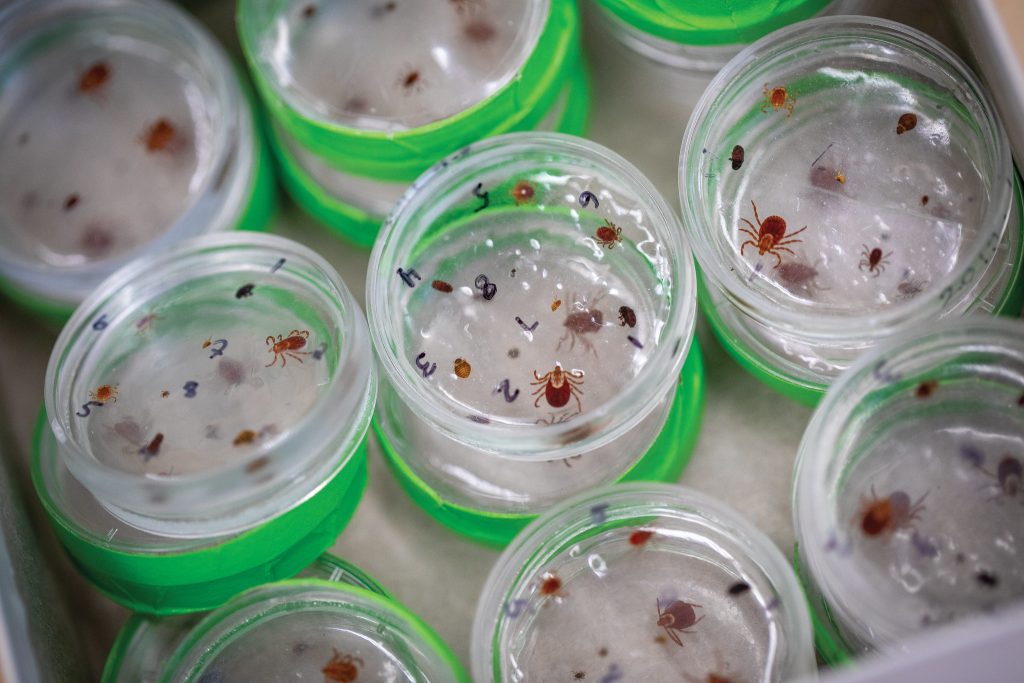
Tick Check
The Midwest Center of Excellence in Vector Borne Diseases, co-led by entomology professor Susan Paskewitz and CALS alum Lyric Bartholomay is established through a $10 million grant from the U.S. Centers for Disease Control and Prevention. The goal of the center is to help stem the spread of disease carried by ticks and mosquitoes.
2017
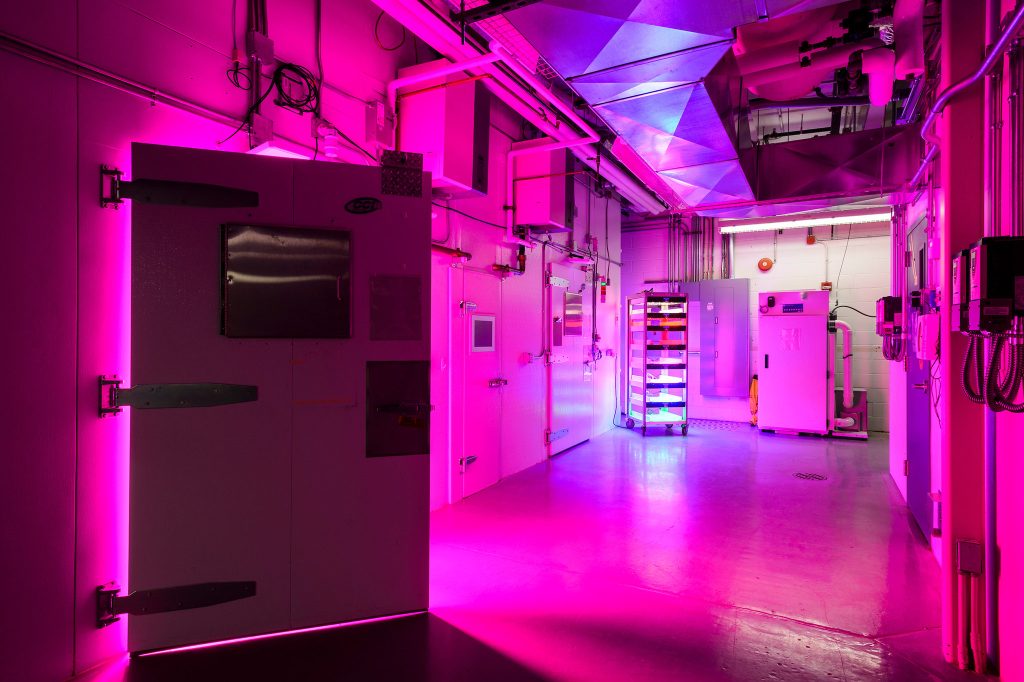
New Home for UW Plant Biotechnology
The Wisconsin Crop Innovation Center is established to help plant scientists develop and improve commercially important plant stocks and methodologies. The 100,000-square-foot biotechnology facility was donated to UW–Madison by Monsanto.
2018
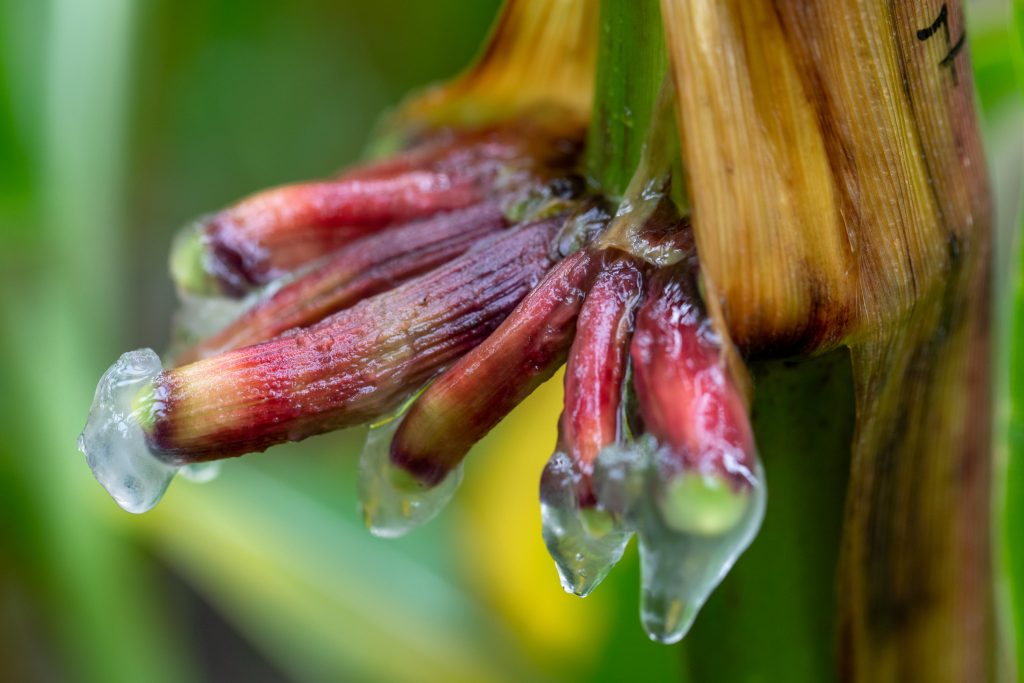
Nitrogen-Fixing Corn
A research team including CALS scientists identifies varieties of tropical corn from Oaxaca, Mexico, that can acquire nitrogen from the air by cooperating with bacteria. This discovery of nitrogen-fixing corn opens the door to developing commercial corn varieties with a reduced need for fertilizer.
2019
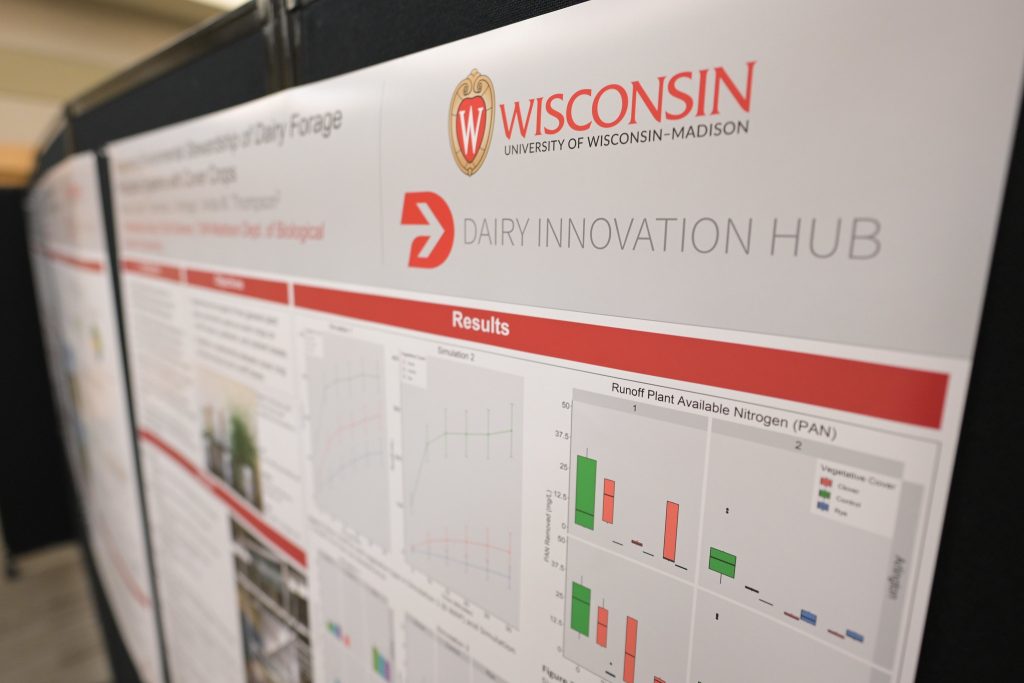
Research Drives Dairy Innovation
The Dairy Innovation Hub is established, a state-supported effort to expand research and teaching at Wisconsin’s three agricultural colleges (including CALS) with the goal of developing new technologies and approaches to strengthen the state’s dairy industry and the communities that depend upon it.
2020
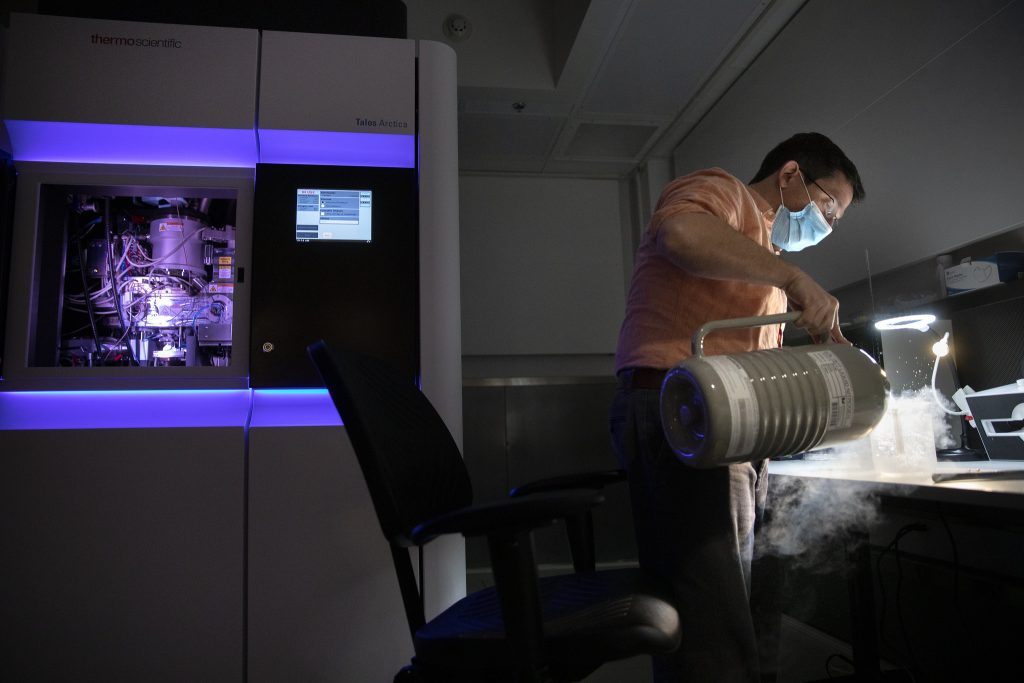
Cold, Bold Clarity
UW–Madison is selected by the National Institutes of Health as the site of a new national research and training hub for cryo-electron microscopy and tomography. Through rapid freezing, controlled beams, and advanced lenses, this game-changing research tool reveals the intricate architecture of cells, viruses, and proteins, all at molecular resolution — or better. The hub is overseen by the Department of Biochemistry at CALS and the Morgridge Institute for Research.
⊕ Information is also available in this notable dates in the history of CALS [PDF], published in 1989.
